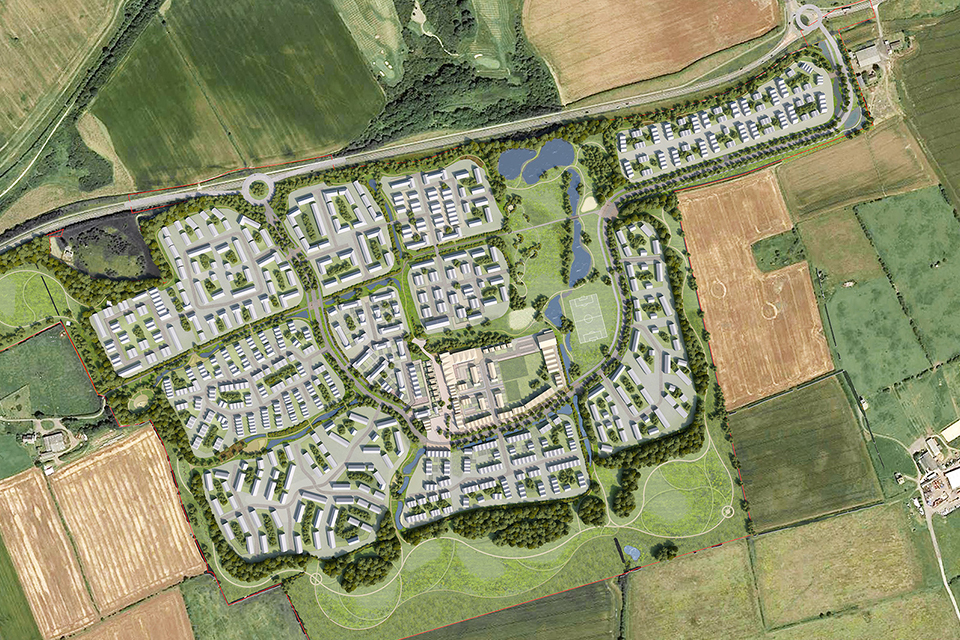Geothermal refers to heat energy from below the Earth’s surface. It is a sustainable, carbon free (ignoring extraction) energy resource that can be exploited for heating buildings and generating renewable electricity.
Geothermal energy has been exploited in some areas for as long as humans have been present. It is more common in areas with high volcanic activity. An example is Iceland where the majority of the national heat and electricity demand is met from geothermal resources. However, high volcanic activity is not required and many countries, including the UK, are developing these resources.
The methods of using geothermal energy depend upon the depth of the heat being exploited. Shallow systems are most common in the UK and usually exploit heat in the ground via heat pumps. The heat produced is used to heat buildings and provide hot water.
The deeper you go, generally the more heat is available to exploit. Below about 15m temperatures remain constant throughout the year allowing a sustainable and steady supply of heat to be exploited. Deep systems exploit this heat which is commonly used to boil water which can be used to generate electricity.
In many parts of the UK, ready made “holes” are available to access geothermal energy resources. These take the form of old mine workings which can be repurposed to provide renewable energy. Even though these resources are typically low grade (provide low temperature water), vast amounts of energy are potentially available.
In February 2020, the UK’s first district heating scheme using heat from mine water was approved. Seaham Garden Village in County Durham will consist of 750 affordable homes, 750 private homes, a school, shops, and medical and innovation centres.

